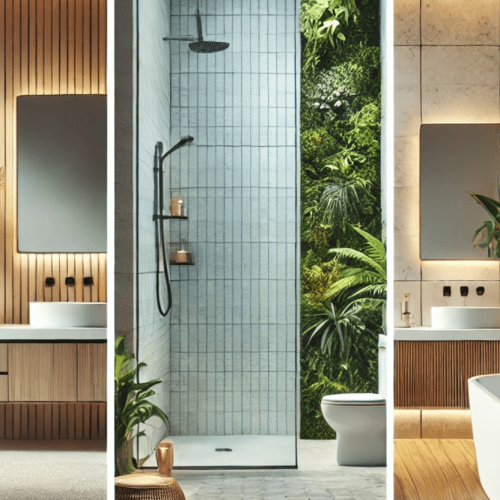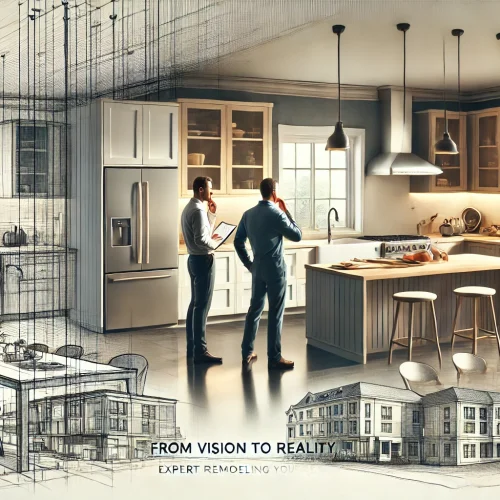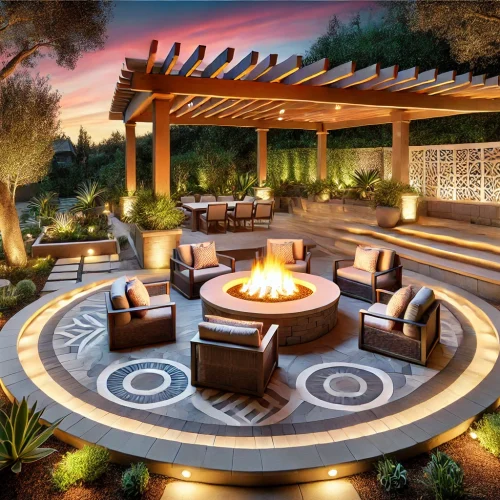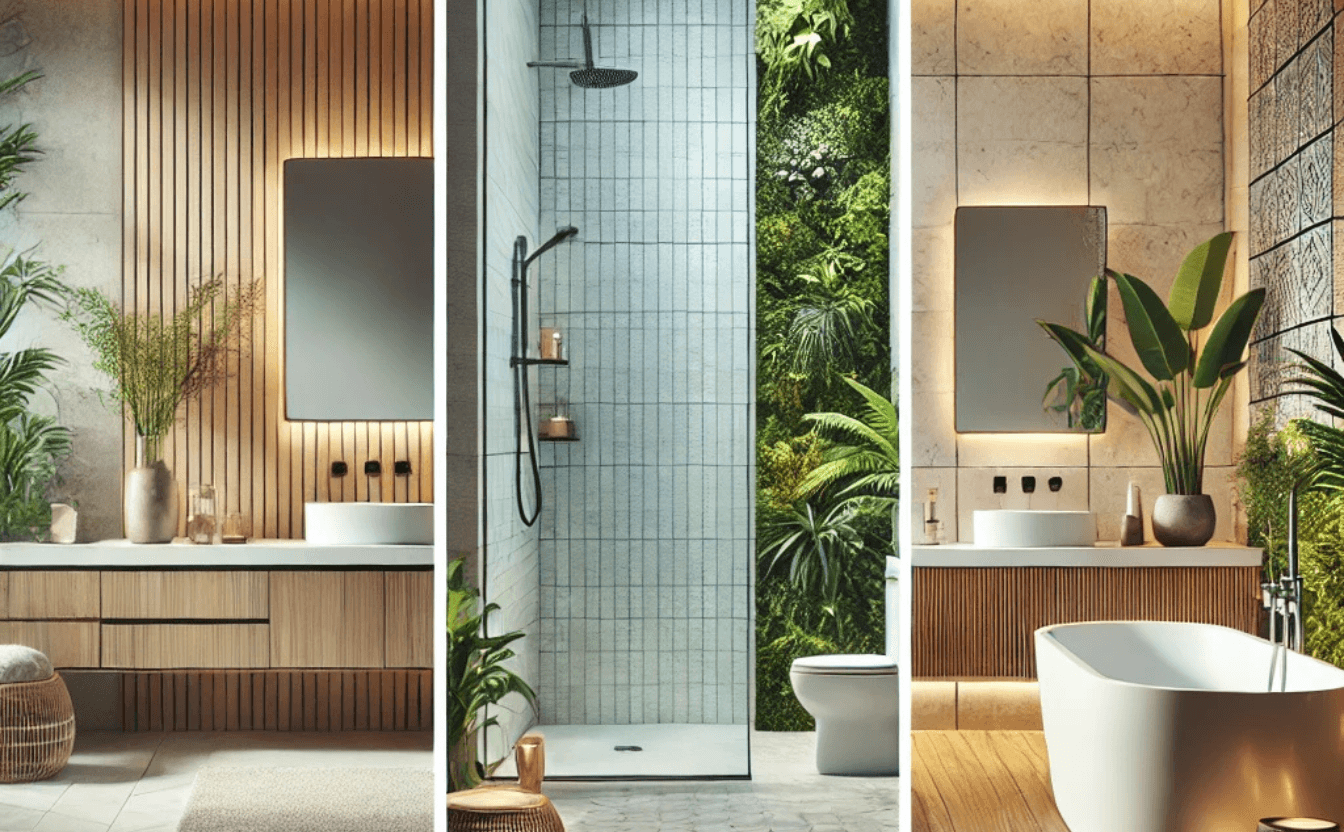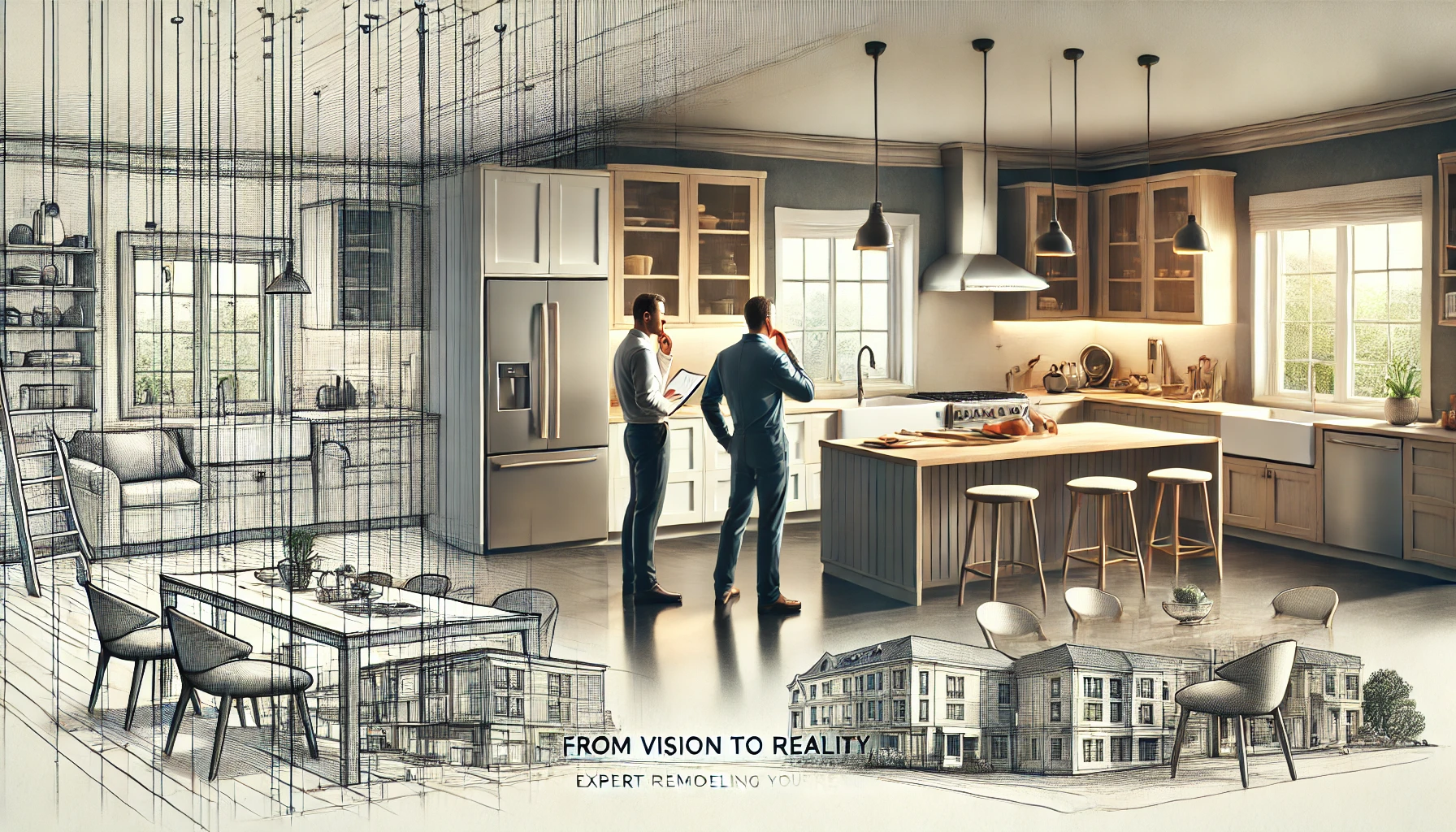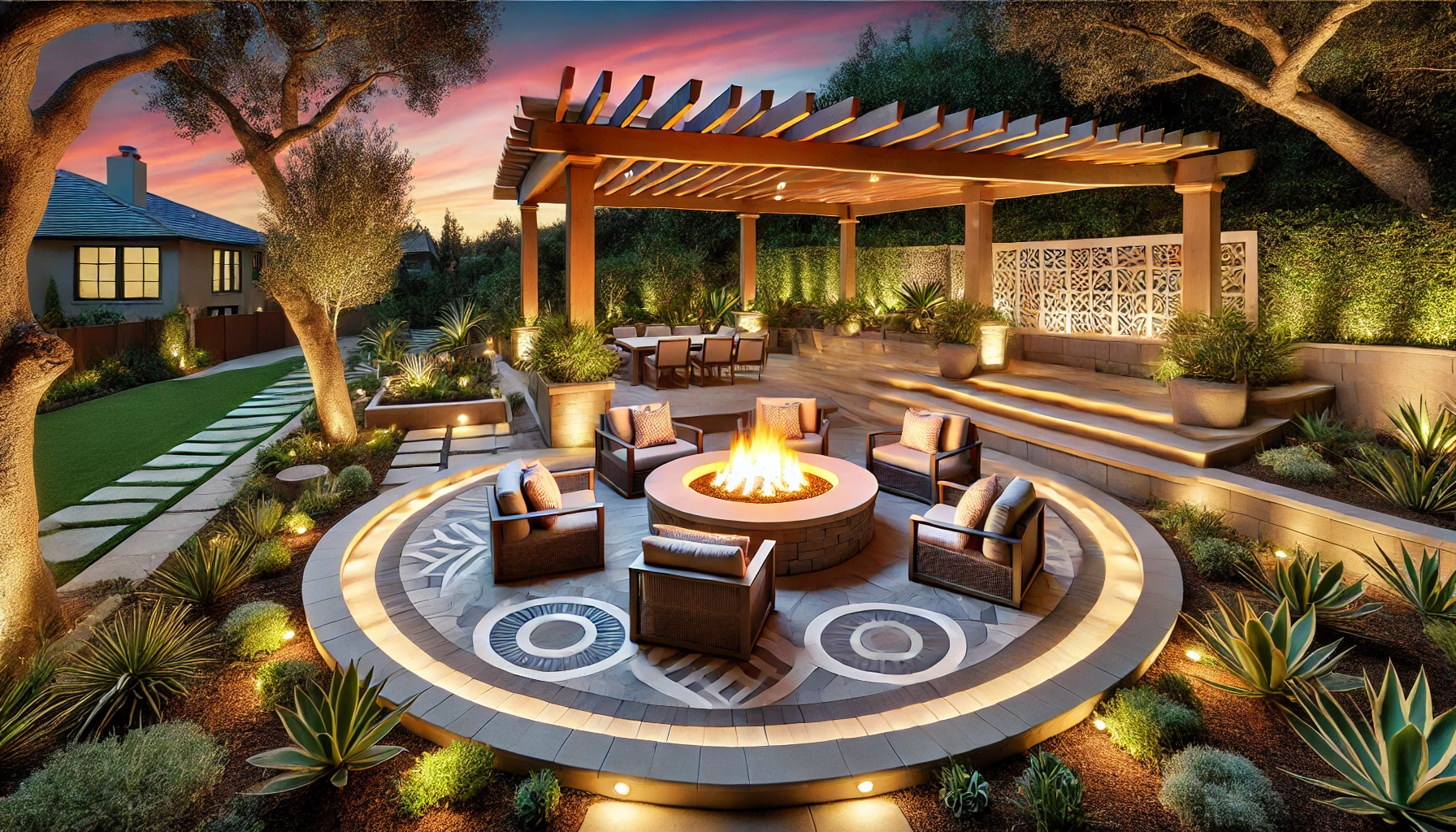Introduction
As urbanization grows across the United States, compact living has become a popular and practical choice for many families. Smaller homes may present challenges, but with thoughtful design and organization, they can be transformed into functional and stylish havens. This article delves into strategies to optimize small spaces, proving that less can truly be more.
The Magic of Smart Furniture
Smart furniture is a game-changer for compact living. Pieces like sofa beds, wall-mounted desks, and extendable dining tables allow a single room to serve multiple functions seamlessly. For example, a foldable desk can transform a living room into a workspace during the day and back into a cozy relaxation zone at night.
Built-in furniture, such as storage beds or custom wall units, maximizes storage while maintaining a clean, uncluttered aesthetic. The key is to choose multifunctional items that save space without sacrificing comfort or design.
Lighting That Expands the Space
Lighting plays a crucial role in making small areas feel open and airy. Opt for indirect lighting, such as LED strips under cabinets or wall sconces, to create depth without overwhelming the room. Pair this with light-colored walls, ceilings, and furniture to amplify the effect.
Strategically placed mirrors are another powerful tool. Position mirrors opposite windows to reflect natural light and create the illusion of a larger, brighter space. Combining reflective surfaces with thoughtful lighting design can make even the smallest rooms feel expansive.
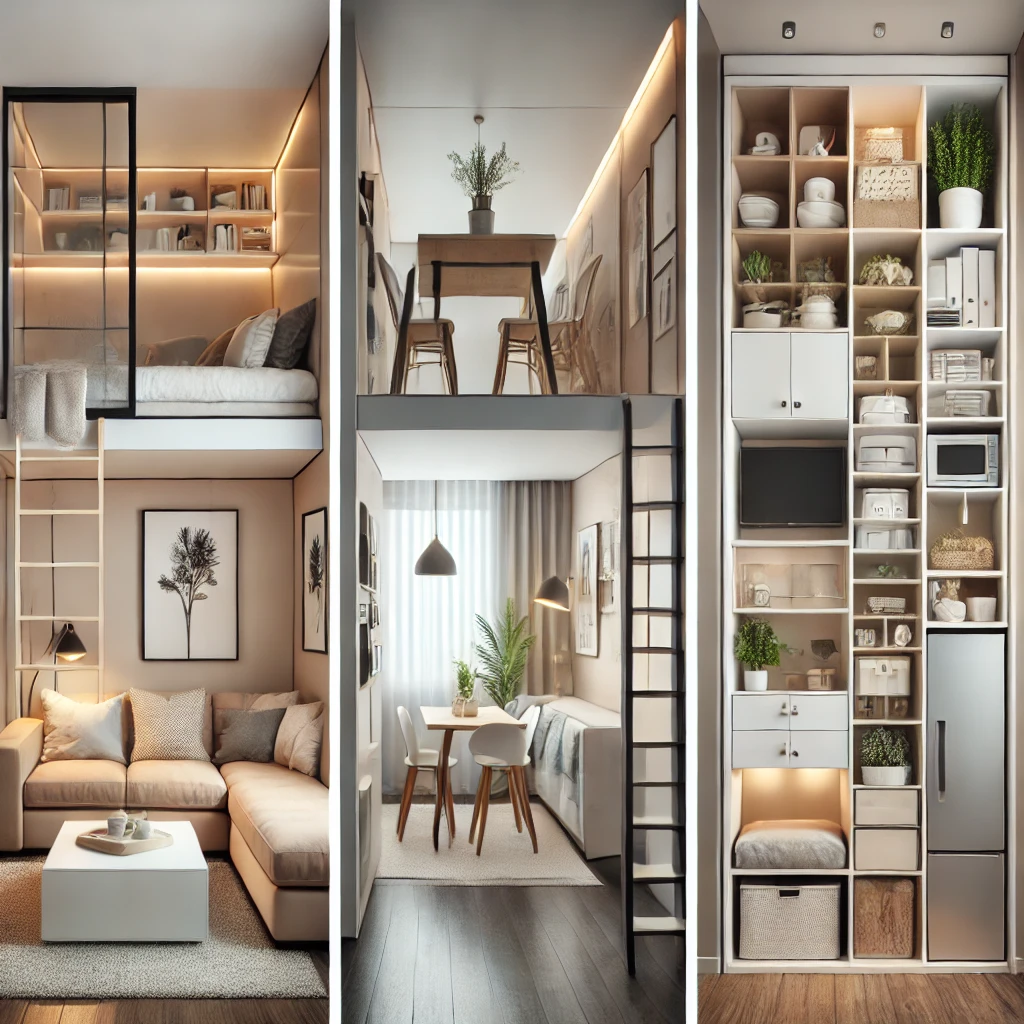

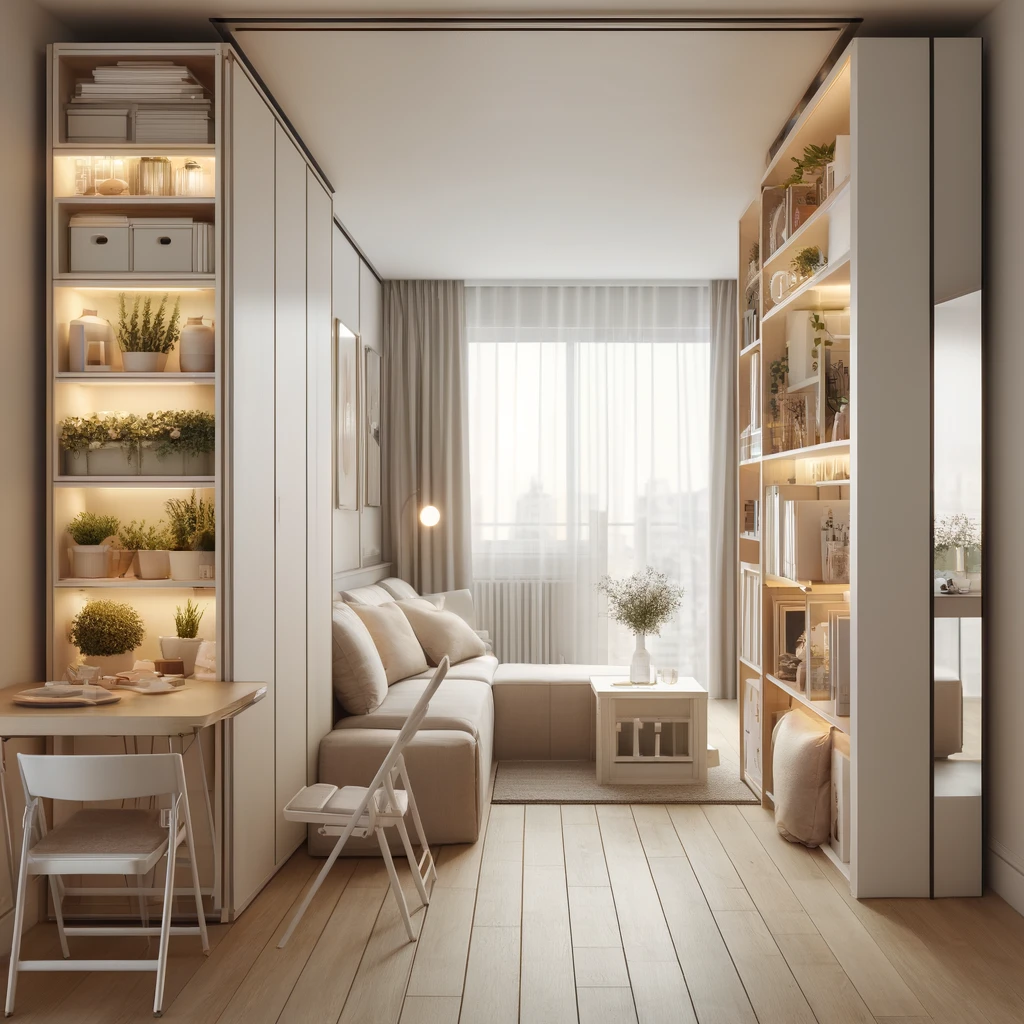
Vertical Organization as a Solution
When floor space is limited, look up! Vertical storage solutions—such as floating shelves, tall cabinets, and wall-mounted organizers—make the most of unused wall space while keeping essentials within reach.
For example, a tall bookshelf can serve as both storage and a visual focal point. Hooks, magnetic strips, and pegboards are perfect for keeping items off counters and tables, particularly in kitchens or workspaces. This approach not only declutters but also enhances the overall functionality of the room.
Creative Dividers to Define Zones
Defining distinct zones within a compact area can help create a sense of order and purpose. Light dividers, such as sheer curtains, folding screens, or open shelving units, allow you to separate living, dining, and sleeping areas without blocking light or airflow.
Rugs are another effective solution for visually distinguishing spaces. For instance, a bold area rug under the dining table can delineate the eating area, while a softer, neutral rug in the living space promotes relaxation. These subtle divisions maintain the flow of the room while enhancing its usability.
Conclusion
Living in a smaller home doesn’t have to mean sacrificing comfort or style. With strategic furniture choices, clever lighting, vertical organization, and creative zoning, compact spaces can be transformed into functional, inviting environments.


